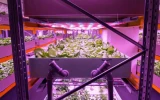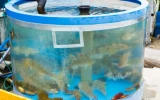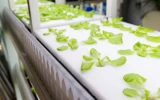Where To Buy Fish for Aquaponics (3 Common Places)
If you're interested in starting an aquaponics system, it's important to understand the role that fish play in the process. Fish are the key to providing the nutrients that your plants need to thrive, making them a vital part of any successful aquaponics setup. But where can you find the best fish for your system?
You can buy fish fingerlings for aquaponics from your local fish nurseries and hatcheries. But if you’re looking for adult-sized fish, you can purchase them directly from live fish markets or aquaculture farms. There are also online stores that sell live fish and can deliver straight to your doorstep.
The quality of the fish that you purchase defines the overall success of your aquaponics setup, so it's important to pick a reliable fish source. In this article, we'll reveal more information about the sources for reliable aquaponics fish.
Summary
- The three most common places where you can acquire fish for your aquaponics are fish nurseries, live fish markets, and fish farms or aquaculture farms.
- There are also reputable online sources where you can order live fish for aquaponics to be sent directly to your doorstep through expedited shipping.
- When choosing which fish to buy, aside from considering the most profitable species, you must also take note of buying the same size of fish or fish raised in the same tank.
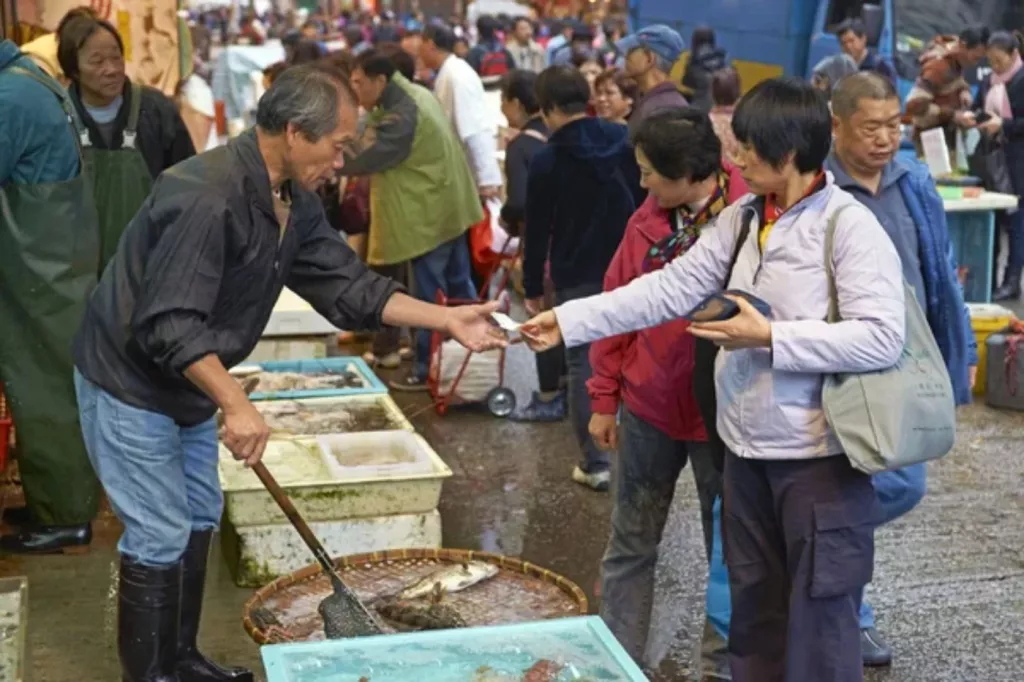
On this page:
3 Common Places to Purchase Fish for Aquaponics
The three most common places where you can purchase your aquaponics fish are fish nurseries, live fish markets, and fish farms or aquaculture farms.
1. Purchase aquaponics fish from live fish markets
You can buy adult and market-size fish straight from live fish markets. There are plenty of live fish markets to choose from, wherever you are in the world. However, it’s best to choose a live fish market close to your location to lessen the travel time and reduce the fish’s exposure to stress.
The advantage of buying adult fish is that they can easily adapt to environmental changes once you introduce them to an aquaponics system. Therefore, they will require less maintenance and monitoring.
2. Buy aquaponics fish from aquaculture farms or fish farms
Another reliable place to purchase aquaponics fish is at fish farms or aquaculture farms. The best choices for fish farms are those that are located near your area to lessen the stress on the fish during travel time.
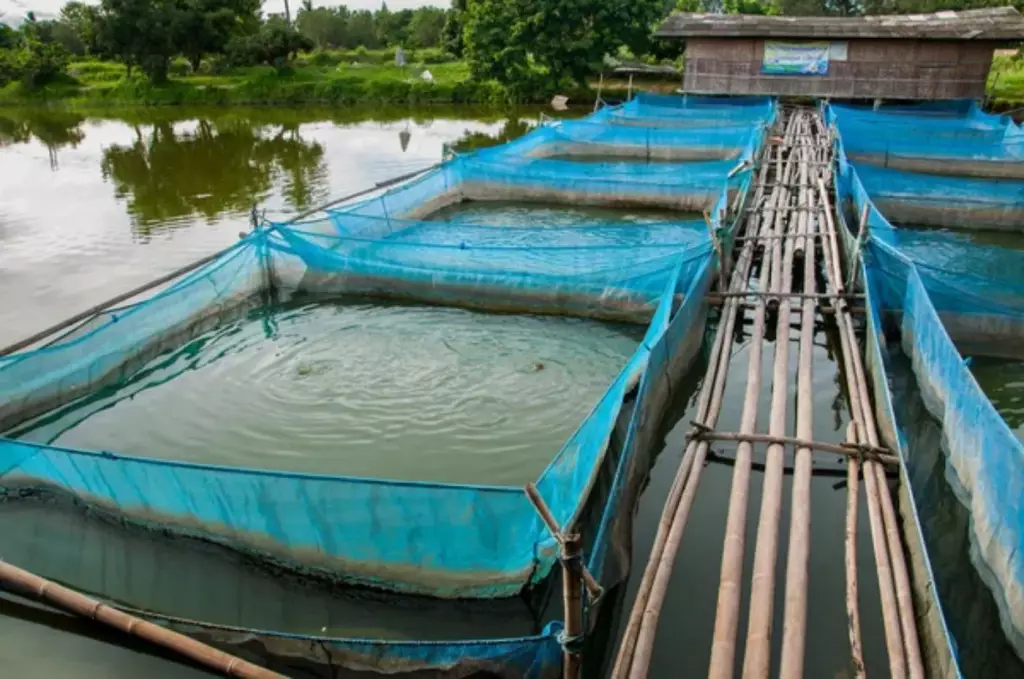
Purchasing adult fish is beneficial, not only because they can easily adjust once introduced to aquaponics, but also because they can produce a valuable amount of fish waste, which can benefit your plant crops.
If your focus is to produce high-quality crops for the hydroponics part of your aquaponics setup, buying adult fish from aquaculture farms is a good option.
3. Obtain fish fingerlings for aquaponics from local fish nurseries
If you want to start from scratch, you can try buying fish fingerlings from local fish nurseries that supply them to aquaculture farms. There are actually businesses that run fish nurseries and prepare them for sale to aquaculture farms. There are also private hatcheries where you can acquire fingerlings or hatchlings.
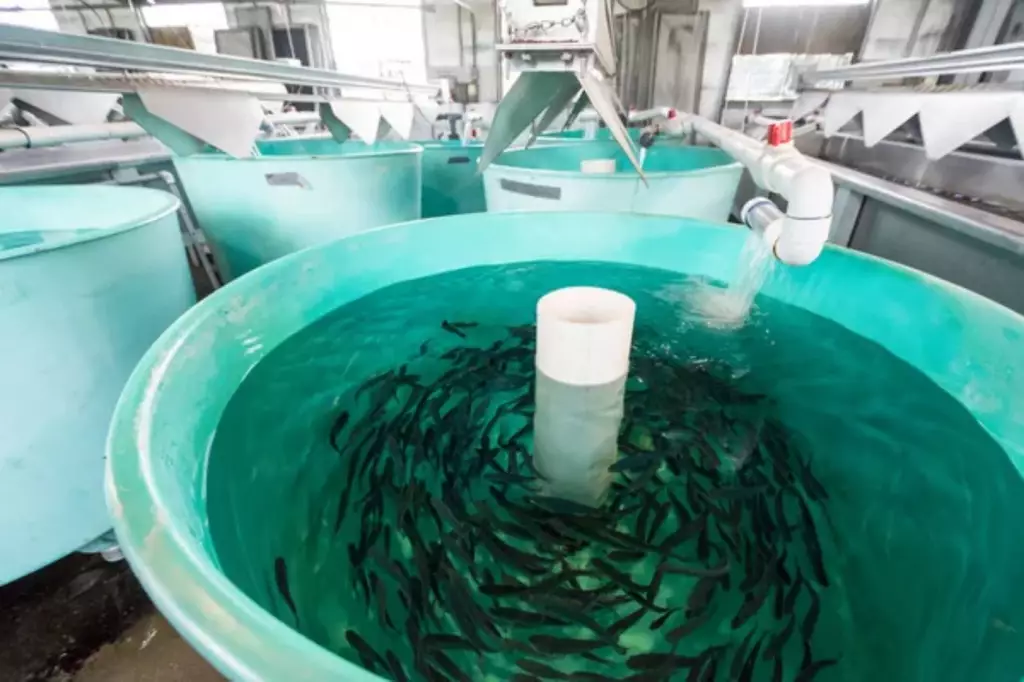
These fish nurseries have a thorough filtration system and highly controlled environments because fingerlings are very sensitive by nature. In these locations, fish are allowed to mate. When eggs are formed and hatched, they grow until they reach the juvenile stage (fingerling).
When they reach the fingerling stage, they can now be sold and grown on commercial aquaculture farms and even in aquaponics systems as well. The disadvantage of using fish fingerlings in aquaponics is that they continuously grow until they reach market size.
For this reason, they increase the total biomass of your aquaponics, causing an increase in nitrogen, and possibly leading to an imbalanced system. Therefore, they require constant monitoring to adjust the feeding ratio and avoid such instances.
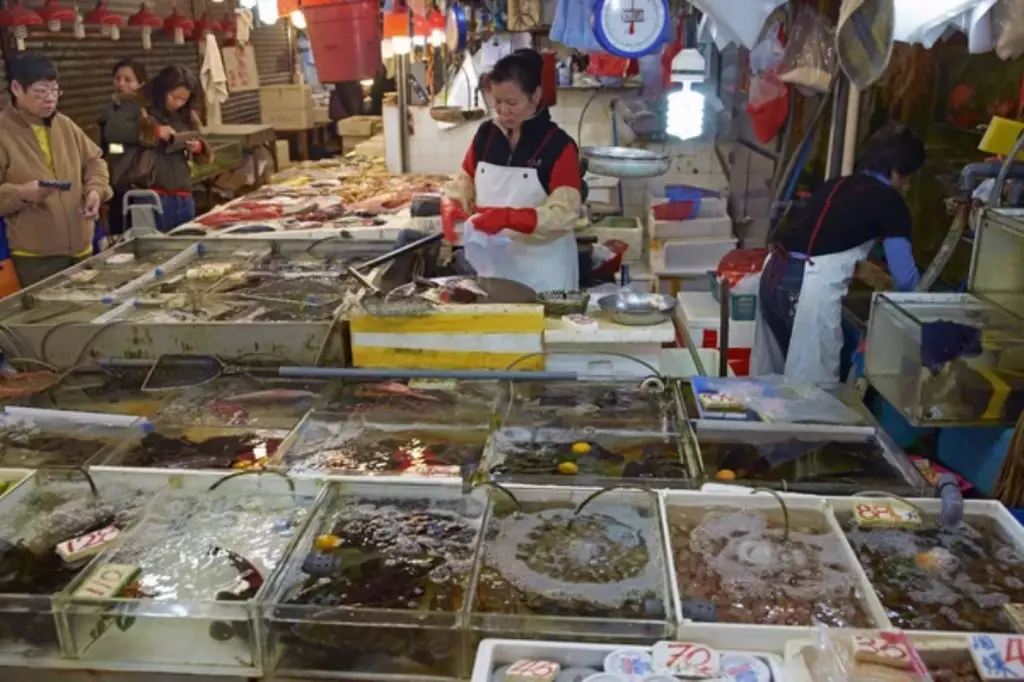
Over the past few years, we have seen an increase in the practice of aquaponics. Its rising popularity is attributed to its abundant benefits compared to traditional farming.
Aquaponics allows for an environmentally friendly way of raising both fish and plants in one system. It is a closed system that offers easy control of the environment, uses recirculating water to recycle nutrients, and uses fewer chemicals than traditional farming setups.
Aquaponics is also a highly profitable industry, especially when done right. Part of its profitability relies on its major components: fish and plant crops. There are tons of profitable fish suitable for an aquaponics setting.
Examples of the most profitable aquaponics fish are tilapia, catfish, trout, barramundi, carp, and some ornamental fish like koi and goldfish. Now that you know which aquaponics fish are profitable, it is also necessary to seek reliable sources where you can purchase these kinds of fish.
Purchasing Aquaponics Fish from Reliable Online Sources
In this age of technology, purchasing fish for aquaponics has become easy. There are reliable online stores that can transport live fish from nurseries, fish farms, or live markets directly to your doorstep.
Below are links to some of the most reliable online fish sources where you can purchase fish for aquaponics:
However, before buying fish from these online sites, here are some tips to take note of.
-
Choose a reputable seller. It is important to read reviews regarding the seller before buying from a certain online store. You must look out for reviews regarding the packaging and the quality of the fish delivered, as well as the speed of delivery.
-
Pick sellers with warranty. Even if the seller is reputable, if there is no written guarantee that they will be liable if the fish arrives in poor health or quality and they offer no refund or replacement, you should think twice about purchasing from these stores.
-
Always choose expedited shipping. Transporting live fish is time-sensitive, so check if your online source delivers on the same day (expedite) or next-day service.
-
Make sure you’re home when your fish arrives. Expedite shipping ensures that you can receive the fish on time, but if, in any case, it arrives while you’re away, make sure someone receives the package on the spot and places them in the right conditions to ensure good health.
-
Check the legalities of purchasing fish online. Keep in mind that not all fish are legal to purchase in some countries. You must have knowledge of the local fish farming laws and only purchase from licensed fish farms or aquaculture farms.
Take Note of These Tips When Purchasing Aquaponics Fish

Before going out and about to buy your aquaponics fish, whether from live fish markets, fish farms, nurseries, or online sellers, here are a few things to keep in mind:
Plan out the resulting biomass of your aquaponics system
Whether you choose to buy from fish nurseries, aquaculture farms, or even live fish markets, you must consider whether you’d like to start off with fingerlings or with full-grown adult fish.
If you choose to start off your aquaponics system with juvenile fish or fingerlings, you must be prepared to make several adjustments. This is because fingerlings will keep growing until they reach a marketable size. While they grow, they have the tendency to increase the total biomass of your aquaponics system.
While the fingerlings grow, they will increase the nitrogen content in your system, which may cause an imbalance. Therefore, you must adjust the feeding ratio depending on the total biomass of your tank. Since the fish are not yet fully grown, you will need to supplement your plants in the meantime.
Choose fish of the same age or from the same batch
When choosing fish to buy for your aquaponics, ensure that they came from the same tank or have the same size. Some aquaponics fish like bluegill fish and yellow perch have the tendency to cannibalize. They will eat fish that are smaller than them.
It is therefore helpful to introduce them to aquaponics with fish of the same age, as well as those from the same tank, since they get along better. If they come from the same tank, their familiarity with each other lessens the risk of attacking each other.
Use dividers to separate the tank if you plan to mix fish of different sizes
If you have already purchased your fish and only obtained differently-sized fish, this method is useful. This is especially useful if your fish are carnivorous. Using nets or dividers in your tank to sort out small fish from big ones helps prevent the fish from attacking each other or competing with feed.
